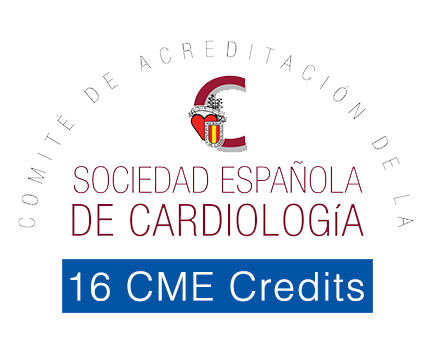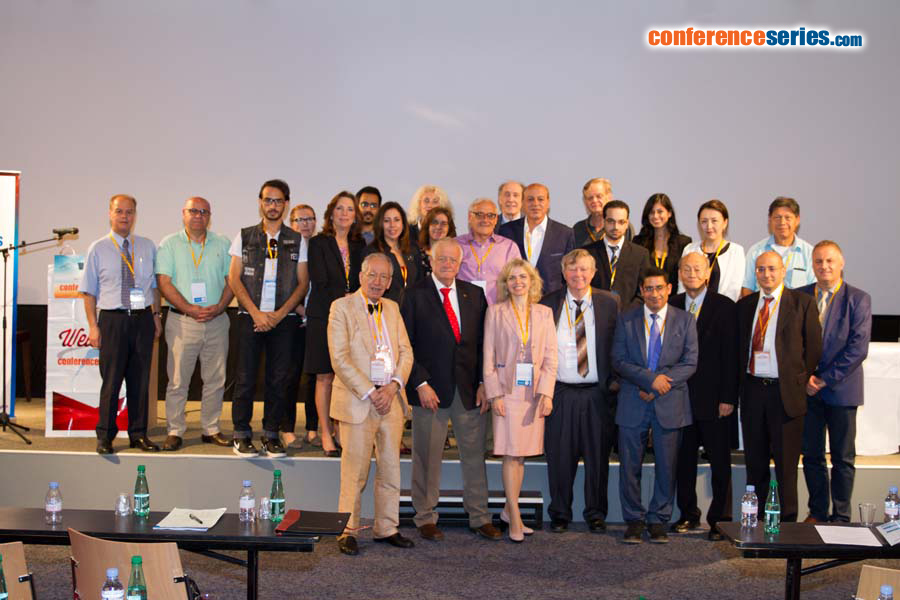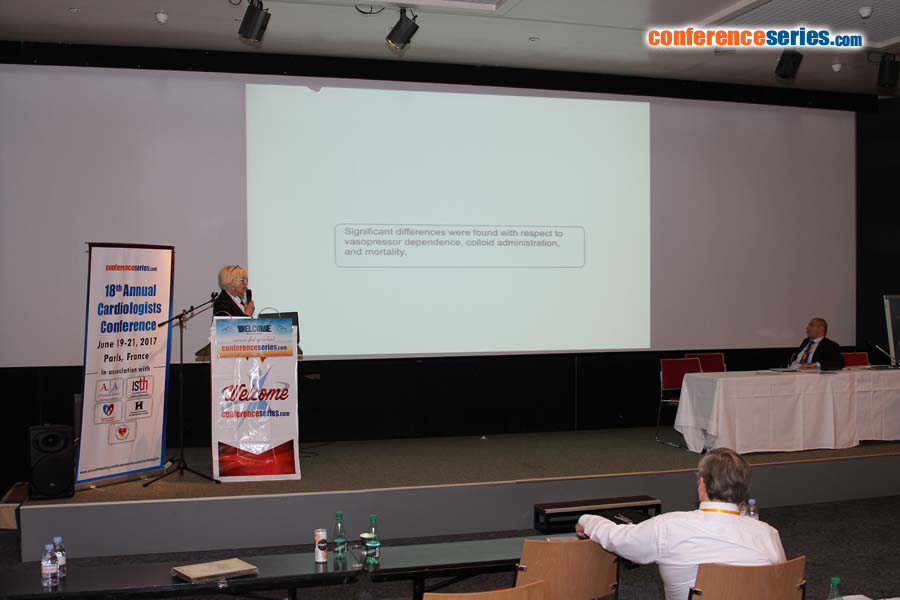
Maja Karaman Ilic
General Hospital Sveti Duh & Josip Juraj Strossmayer University of Osijek, Croatia
Title: Non-invasive postoperative extravascular lung water monitoring
Biography
Biography: Maja Karaman Ilic
Abstract
Statement of the Problem: Pulmonary complications that occur after major thoracic and abdominal surgical procedures are the primary reason for extending a patient's stay in the intensive care unit. Complications range from atelectasis and pulmonary edema to pneumonia, acute lung injury and acute respiratory distress syndrome. Fluid replacement therapy is unavoidable during surgery. Too much fluid can cause rise in extravascular lung water (EVLW) and result with pulmonary edema. Assessment and monitoring of EVLW traditionally has relied upon invasive computed tomography (CT) or pulse counter cardiac output (PiCCO) testing. A less invasive and accurate alternative is the PaO2 to FiO2 (P/F ratio). A potentially sensitive non-invasive procedure for EVLW rise detection during early postoperative period is lung ultrasound.
Methodology & Theoretical Orientation: Since ultrasound waves are completely reflected by air, they can image the parenchyma only when interstitial-alveolar imbibition occurs. This gives rise to characteristic vertical artifacts called “B-lines”. The number of B-lines is directly proportional to the degree of lung aeration loss and to EVLW volume.
Findings: In our study, by use of lung ultrasound, volume small enough to produce shunting of ≤20% was detected before other clinical signs of EVLW rise.
Conclusion: Using lung ultrasound B-lines to detect EVLW has not been tested extensively, and it has not been compared with the conventional index of P/F ratio. If it allows accurate EVLW assessment, lung ultrasonography could become very useful tool in early detection and prevention postoperative pulmonary edema due to intraoperative fluid overload.




